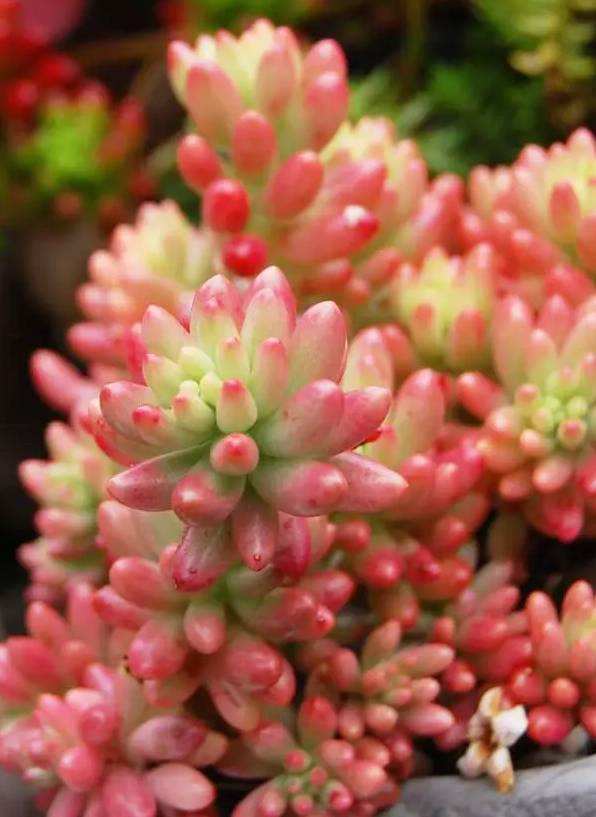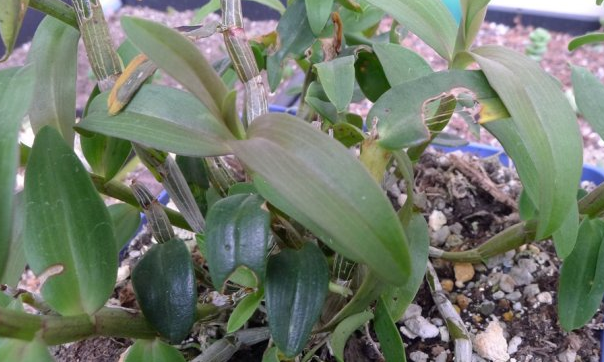Is Hedyotis diffusa poisonous? planting techniques of Herba Hedyotis diffusa
Hedyotis diffusa (scientific name: Hedyotis diffusa) is an annual herb with a height of 15-50cm. Roots slender, branched, white flowers. Stem slightly square or oblate-Terete, smooth glabrous, much branched from base. Flowering in spring. Seeds brownish yellow, small, and 3-angled.
Its proprietary medicine tastes bitter, light and cold. The main functions are heat-clearing and detoxification, relieving pain and dispersing knots, diuresis and dehumidification. Especially good at treating various types of inflammation. In clinical practice, it is found that Hedyotis diffusa can treat a variety of diseases if it is compatible properly. Alias: Hedyotis diffusa, snake tube, two-leaf clover, white flower cross grass, sharp knife grass, Jiaogang grass, tequila, hedyotis, hedyotis.

Hedyotis diffusa is not toxic, but Hedyotis diffusa is a kind of medicinal material, so it is best not to take too much of it by yourself. Hedyotis diffusa is cooler, and it will hurt the body if it is used for a long time, and women should pay more attention to it. Do not drink before and after the false example comes. If there is dysmenorrhea, it is best to avoid drinking this kind of tea, and Hedyotis diffusa has a certain effect on the treatment of hypertension. Therefore, people with low blood pressure should be careful not to drink too much, otherwise it will only be more serious, and if people with kidney deficiency are best avoided, otherwise it will only lead to more serious illness.
Hedyotis diffusa usually grows in areas 800 meters above sea level, mostly on mountain rocks, and is more common in paddy fields, ridges and moist open lands. Today, I will briefly introduce the cultivation techniques of Hedyotis diffusa.
Land selection and preparation:
Hedyotis diffusa should be planted in loam with low terrain, sufficient light, convenient drainage and irrigation, loose and fertile loam. Base fertilizer 500 kg per mu of mature farm fertilizer or 50 kg of compound fertilizer and 50 kg of phosphate fertilizer, spread the base fertilizer evenly into the soil, shallow ploughing fine rake, ditch for the border, the border width is 1 meter, the border ditch depth is 25 cm, the border surface is tortoise back shape for drainage and irrigation.
To sow:
The sowing time of Hedyotis diffusa can be divided into spring sowing and autumn sowing, spring sowing can be used as commodity and autumn sowing can be used as both commodity and seed. Spring sowing is best in rice cultivation areas in the south, especially from late March to early May. After spring sowing, it can be sown in situ or leave roots for sprouting cultivation. Autumn sowing takes place in mid-late August. One mu of land needs 1 kilogram of seeds.
Because the seed of Hedyotis diffusa is small and contained in the fruit, in order to improve the emergence rate, the seed should be treated before sowing. The specific method is to put the fruit of Hedyotis diffusa on the cement ground and rub it gently with a stick wrapped in rubber or cloth. Remove the pericarp and the wax outside the seeds, and then mix the fine seeds with fine soil several times to facilitate uniform sowing.
The sowing of Hedyotis diffusa can be divided into two kinds: strip sowing and sowing. The row spacing of strip sowing is 30 cm; sowing the seeds with fine soil evenly on the border surface, pressing slightly or tapping with a bamboo broom, covering a thin layer of straw after sowing, shading during the day and opening at night, until 4 leaves grow after emergence, or use pig pens to cover the border with thin fat and leave room after sowing.
Not only shade, but also make the soil loose, conducive to seedling emergence, spray water once in the morning and evening to keep the border surface moist, but do not accumulate water. The autumn sowing border should be covered with straw to prevent sun exposure and affect the emergence of seedlings. When the seedlings produce 4 leaves, uncover the straw. If you leave roots and propagate in autumn, there is no need for shade. The border ditch should be filled with water, and the border surface should be moist without stagnant water.
Field management:
After the seedlings are unearthed, they should be combined with loosening soil and weeding, and inter-seedlings should be carried out, and the seedlings should be determined according to the plant spacing of about 10 cm when the seedling height is 8 cm. Before the plants are closed, weeds should be removed frequently, and thin human and animal feces should be irrigated once, and weeds will no longer be weeded after the plants grow up to avoid weeding.
The soil should be kept moist after sowing, but water in the border area should be avoided, and stagnant water should be removed in time after rain; irrigation should be carried out in the ditch during the period of high temperature to cool down and prevent plant burns. during the period of plant growth, water management is the key, to prevent both drought and waterlogging, and irrigation can be stopped in fruit.
The growth period of Hedyotis diffusa is relatively short, which requires re-application of base fertilizer, mainly farm manure. Practice has proved that human and animal manure can not only loosen the soil, but also promote plant growth, so when the seedling height is about 10 cm, 500 kg of human and animal manure per mu is used, 5 times water is added, and human and animal manure water can be applied irregularly according to plant growth in the middle stage.
Because the seedlings of Hedyotis diffusa are tender, it is necessary to control the concentration when topdressing to prevent burning. In addition, if you harvest twice, after the first harvest, apply 15 kg of dilute human and animal manure or urea per mu, wait for the seedling height of about 10 cm, and then apply appropriate amount of human and animal manure water. If the plant does not grow well at the beginning of flowering, you can apply manure once more.
According to the sowing time, Hedyotis diffusa can be harvested twice a year, the spring harvest time is in mid-late August, and the autumn harvest time is in the first and middle November. When the fruit is ripe, the ground is cut to remove impurities and soil, and the commodity is dried in the sun. Generally speaking, one mu of Hedyotis diffusa can harvest 300m / m 350kg of dry products.
Time: 2019-04-17 Click:
- Prev

A manly plant. Maintenance and management methods of heather flowers.
Heather flower, scientific name PhotiniaserrulataLindl., English name is Photinia, alias thousand years red, fan bone wood and so on. Photinia Rosaceae is an evergreen shrub or small tree native to China. The flowering period is April-May and the fruiting period is October. Round crown
- Next

Maintenance method of "Giant Peony" with 12 volumes of wild thorns
Giant tree peony Haworthiaarachnoideavar.scabraspina Liliaceae soft-leaf tile Reed, giant tree peony is a very beautiful natural variety, the plant is crystal clear. The leaves of the plant are upward, and the leaves have 4 rows of translucent spines laterally.
Related
- Fuxing push coffee new agricultural production and marketing class: lack of small-scale processing plants
- Jujube rice field leisure farm deep ploughing Yilan for five years to create a space for organic food and play
- Nongyu Farm-A trial of organic papaya for brave women with advanced technology
- Four points for attention in the prevention and control of diseases and insect pests of edible fungi
- How to add nutrient solution to Edible Fungi
- Is there any good way to control edible fungus mites?
- Open Inoculation Technology of Edible Fungi
- Is there any clever way to use fertilizer for edible fungus in winter?
- What agents are used to kill the pathogens of edible fungi in the mushroom shed?
- Rapid drying of Edible Fungi

